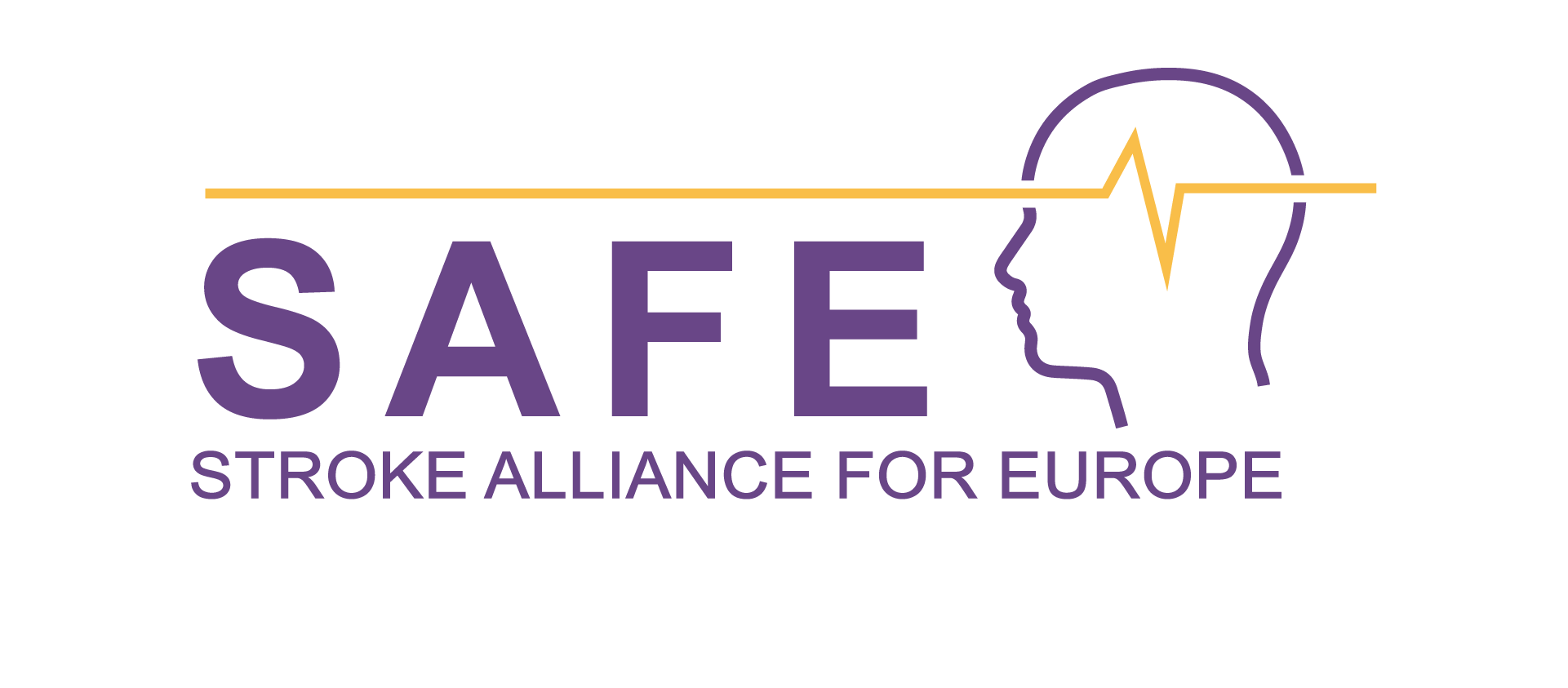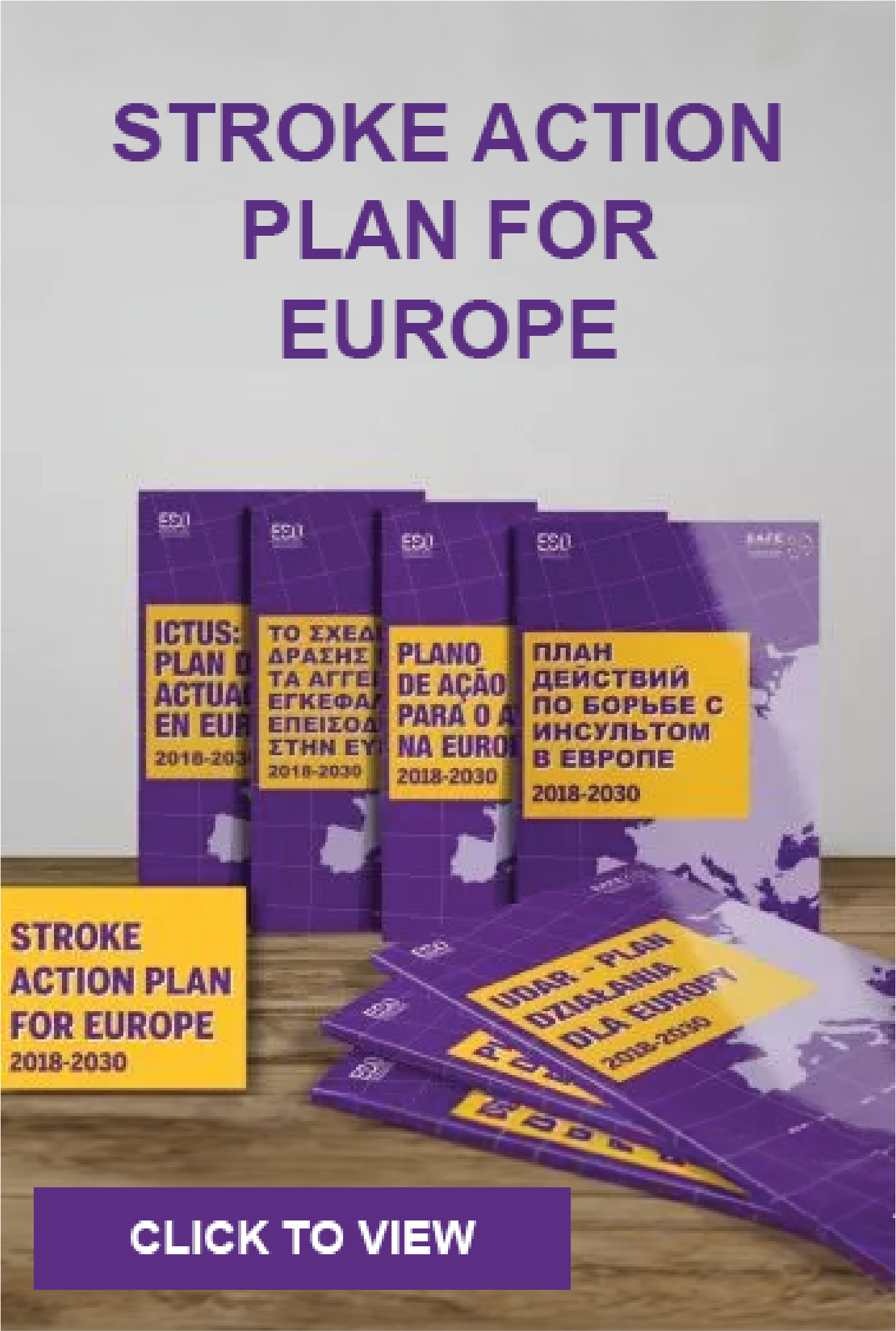
May 20, 2019
This article was first published on ScienceDaily.com
A new study from the University of Eastern Finland shows that a moderately high intake of dietary cholesterol or consumption of up to one egg per day is not associated with an elevated risk of stroke. Furthermore, no association was found in carriers of the APOE4 phenotype, which affects cholesterol metabolism and is remarkably common among the Finnish population. The findings were published in the American Journal of Clinical Nutrition.
Findings from earlier studies addressing the association of dietary cholesterol or egg intake with the risk of stroke have been contradictory. Some studies have found an association between high dietary cholesterol intake and an increased risk of stroke, while others have associated the consumption of eggs, which are high in cholesterol, with a reduced risk of stroke. For most people, dietary cholesterol plays a very small role in affecting their serum cholesterol levels. However, in carriers of the apolipoprotein E phenotype 4 — which significantly impacts cholesterol metabolism — the effect of dietary cholesterol on serum cholesterol levels is greater. In Finland, the prevalence of APOE4, which is a hereditary variant, is exceptionally high, with approximately one third of the population presenting as carriers. Yet, research data on the association between a high intake of dietary cholesterol and the risk of stroke in this population group has not been available until now.
The dietary habits of 1,950 men aged between 42 and 60 years with no baseline diagnosis of a cardiovascular disease were assessed at the onset the Kuopio Ischaemic Heart Disease Risk Factor Study, KIHD, in 1984-1989 at the University of Eastern Finland. APOE phenotype data were available for 1,015 of the men participating in the study. Of those, 32% were known carriers of APOE4.
During a follow-up of 21 years, 217 men were diagnosed with stroke. The study found that neither dietary cholesterol nor egg consumption was associated with the risk of stroke — not even in carriers of APOE4.
The findings suggest that moderate cholesterol intake or daily egg consumption are not associated with the risk of stroke, even in persons who are genetically predisposed to a greater effect of dietary cholesterol on serum cholesterol levels. In the highest control group, the study participants had an average daily dietary cholesterol intake of 520 mg and they consumed an average of one egg per day, which means that the findings cannot be generalised beyond these levels. One egg contains approximately 200 mg of cholesterol. In this study, about a fourth of the total dietary cholesterol consumed came from eggs. Furthermore, the generalisability of this study is also weakened by the fact that the study population did not have a pre-existing cardiovascular disease at baseline and the size of the study population was relatively small. Therefore, the findings of the study should be verified in a larger cohort as well as in people with a pre-existing cardiovascular disease, who are currently advised to limit their intake of cholesterol and eggs.
Story Source: University of Eastern Finland. “Dietary cholesterol or egg consumption do not increase the risk of stroke, Finnish study finds.” ScienceDaily. ScienceDaily, 20 May 2019. <www.sciencedaily.com/releases/2019/05/190520093448.htm>.

May 8, 2019
More than 70 events in over 25 countries take place between 13 and 17 May in first ever European Public Health Week
Ahead of Europe Day, the public health community in Europe prepares to unite. Between 13 and 17 May, more than 70 events across at least 25 countries will celebrate healthy populations and raise awareness about public health. Everyone is invited to organise and join these local, national and regional activities of the first ever European Public Health Week (EUPHW).
Initiated by the European Public Health Association (EUPHA), co-organised by the European Commission and supported by the WHO Regional Office for Europe, the innovative initiative launches on Monday 13 May in a two-hour kick-off in Brussels. EUPHW event organisers will answer questions from the
audience in the room and via live streaming, and participants will join a “walkinar” through a city park to promote ‘physical activity’, the theme of the first day.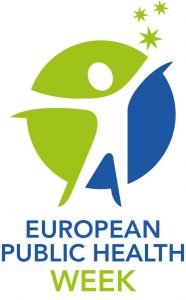
Events will continue throughout the week. Promotion of healthy cities, safe roads and clean air and water is the theme of day two, dedicated to ‘Healthy environments’. Day three, ‘Care 4 care’ reminds European citizens to take care of what takes care of them by investing in a strong, skilled health
workforce and promoting wellbeing in addition to treating diseases. The importance of a healthy diet while taking care of our planet is the theme for Thursday, ‘Sustainable and healthy diets’. On the final day of the week the focus will be on ‘Youth mental health’, promoting stable and supportive homes,
schools and social environments for Europe’s future generation.
Activities include workshops, lectures, webinars, games, sports classes, online campaigns, roundtable discussions and exhibitions, in several languages at local, national, regional and European level. EUPHA Executive Director Dineke Zeegers Paget, said: “We initiated the European Public Health WEEK to
show the full picture of public health by collaborating with our European partners and members. Public health goes far beyond health, involving people from all disciplines, from environment to occupational therapy. And this week also goes far beyond the European Union – we are covering the 53 countries of the WHO European Region. All of us have the right to health and our health needs to be safeguarded in
order to fully participate in society.”
EUPHA President Azzopardi Muscat, said: “We are two weeks away from the European elections and this initiative highlights that healthy populations require a commitment from all of us to ensure truly that nobody is left behind. Whilst Europe leads the way in many health indicators, there remains
much to do to achieve health-related targets in the sustainable development goals and there is no room for complacency in the face of growing inequalities and emerging challenges.”
Public health weeks have taken place in other countries in the past, such as the United States of America and Austria. Thomas Dorner from the Austrian Public Health Association said: “We have organised the Austrian Public Health Week for four years. It is very important to raise awareness of public health, particularly at a time when misinformation could be dangerous for people’s health. We are very glad to see that such initiatives are taking place from local to global level to celebrate healthy populations.”
For more information, visit eupha.org/European_Public_Health_WEEK_2019
What is EUPHA?
The European Public Health Association, or EUPHA in short, is an umbrella organisation for public health associations in Europe. Our network of national associations of public health represents around 20’000 public health professionals. Our mission is to facilitate and activate a strong voice of the public health network by enhancing visibility of the evidence and by strengthening the capacity of public health professionals. EUPHA contributes to the preservation and improvement of public health in the European region through capacity and knowledge building. We are committed to creating a more inclusive Europe, narrowing all health inequalities among Europeans, by facilitating, activating, and disseminating strong evidence-based voices from the public health community and by strengthening the capacity of public health professionals to achieve evidence-based change.
EUPHA’s definition of Public Health
“The science and art of preventing disease, prolonging life and promoting health and well-being through the organised efforts and informed choices or society, organisations, public and private, communities and individuals, and includes the broader area of public health, health services research, health service delivery and health systems design.”
This activity received funding under an operating grant from the European Union’s Health Programme (2014-2020).
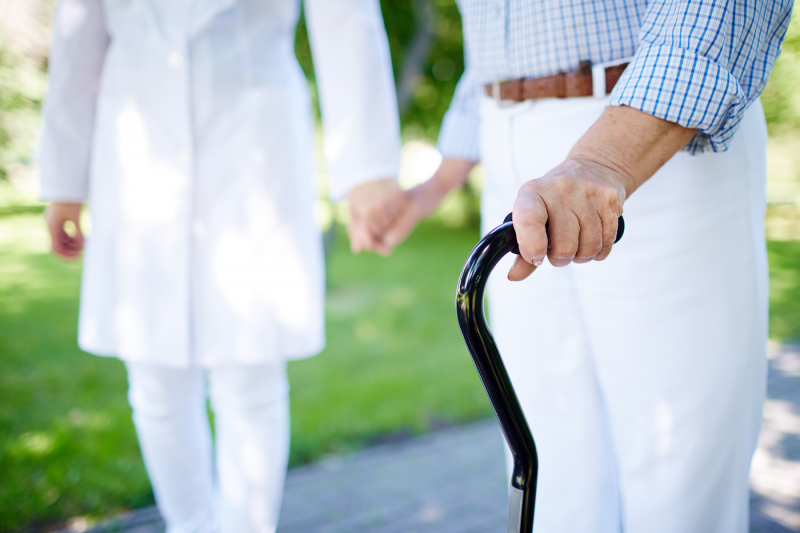
Apr 17, 2019
This article was first published on ESO website | Author: Giuseppe Reale, MD – ESO YSPR Committee
Same stroke, same treatment and lower limb weakness, but forget about upper motor neurons!
Sometimes it seems that stroke treatment is all about time, tissue and recanalization, whatever it takes. However, it is important to remember that danger might be just around the corner, even after a successful recanalization.
A 66-year old man was carried to our Emergency Department 4 hours after the acute onset of right hemiplegia and aphasia. CT-Angiography (CTA) showed a M1 left middle cerebral artery (MCA) occlusion and the patient underwent to systemic thrombolysis followed by mechanical thrombectomy in general anesthesia with right femoral access. When the patient was admitted to the Stroke Unit, he presented only right lower limb weakness, being able to flex the thigh at hip, but not to extend the leg at knee. The right patellar tendon reflex was absent, while the left was elicitable. The segmental weakness pattern and the reflex asymmetry suggested a femoral neuropathy. CTA of lower extremities excluded the presence of iliacus hematoma or femoral artery aneurysm. The patient had a spontaneous recovery of the neurological deficits within one week. The electromyography performed three weeks later did not show any finding of denervation at the quadriceps muscle, suggesting a previous femoral neuropraxic block.
An 82-year old woman with the same symptoms and radiological findings of the previous patient underwent thrombolysis and thrombectomy with right femoral access in general anesthesia.
When transferred to the Stroke Unit, she presented just a mild drift of the right lower limb, but the day after she developed a complete plegia of the right lower limb associated with “mild pain and an unpleasant cold sensation”. The right lower limb was cold and distal pulses were absent. CTA of the lower extremities demonstrated a pseudoaneurysm of the common femoral artery, associated with distal arterial occlusion. The patient underwent emergency femoral endarterectomy without any complication.
You can read the full article here.

Apr 8, 2019
First published on ScienceDaily.com
The full financial cost of a heart attack or stroke is twice as much as the medical costs when lost work time for patients and caregivers is included.
That’s the finding of research published today, World Health Day, in the European Journal of Preventive Cardiology, a journal of the European Society of Cardiology (ESC).1 The study concludes that victims of heart attack and stroke who return to work are 25% less productive in their first year back.
In the year after the event, heart patients lost 59 workdays and caregivers lost 11 workdays, for an average cost of €13,953, and ranging from €6,641 to €23,160 depending on the country. After stroke, 56 workdays were lost by patients and 12 by caregivers, for an average €13,773, ranging from €10,469 to €20,215.
Study author Professor Kornelia Kotseva, of Imperial College London, UK, said: “Patients in our study returned to work, meaning their events were relatively mild. Some still had to change jobs or careers, or work less, and caregivers lost around 5% of work time. Not included in our study are those with more severe events who quit work altogether and presumably need even more help from family and friends.”
The study enrolled 394 patients from seven European countries — 196 with acute coronary syndrome (86% heart attack, 14% unstable chest pain) and 198 with stroke — who returned to work 3 to 12 months after the event. Patients completed a questionnaire2,3 during a visit to a cardiologist, neurologist, or stroke physician. Hours lost were valued according to country labour costs in 2018. The average age of patients was 53 years.
According to published estimates for Europe, the direct medical costs of acute coronary syndrome are €1,547 to €18,642, and €5,575 to €31,274 for stroke.4 “This is the metric commonly used to estimate the costs of medical conditions while indirect costs from productivity loss are often not taken into account by clinicians, payers or policymakers,” said Professor Kotseva. “Taken together, the actual burden on society is more than twice the amount previously reported.”
You can read the full article here.
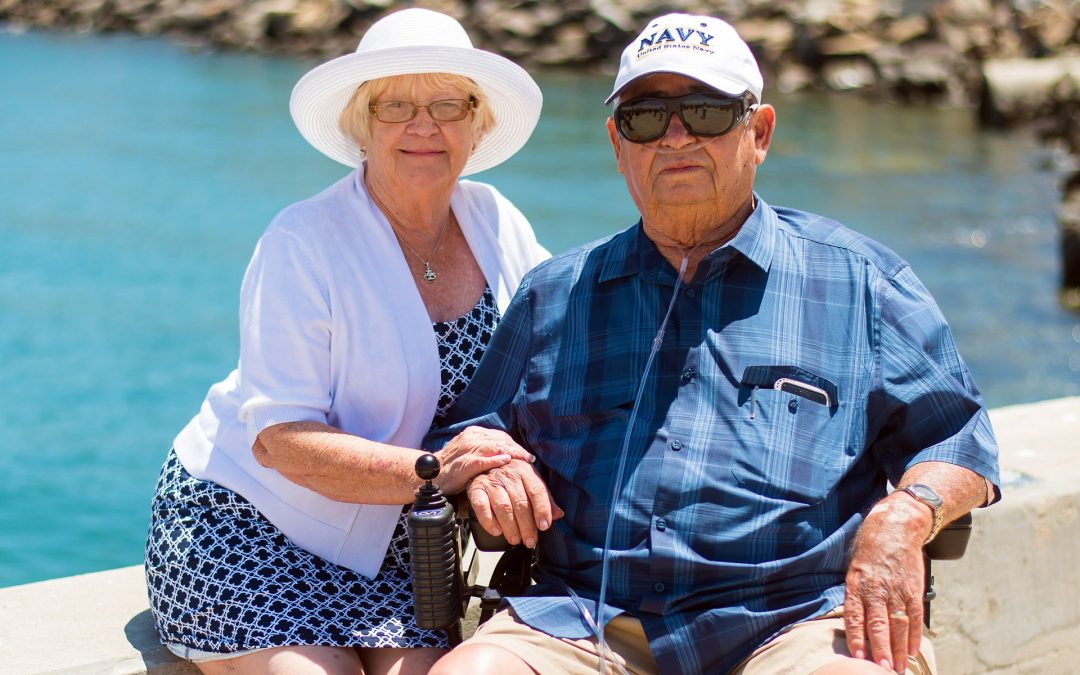
Apr 7, 2019
First published on ScienceDaily.com
Newly developed treatment strategies can minimize the size of a patient’s stroke and, in many cases, change what would have been a life-altering cerebrovascular event into a minor one with the prospect of excellent recovery. But these therapies are time sensitive — delays in seeking care can put them out of reach. Each year in the U.S., 795,000 patients will have a stroke and approximately 70 percent of them will arrive at the hospital more than six hours after the onset of symptoms. Investigators from Brigham and Women’s Hospital examined how social networks may influence delays in arrival times for patients experiencing the symptoms of a stroke. Paradoxically, they found that patients with closer-knit social networks, including family members and spouses, were more likely to delay seeking hospital care whereas those with a more dispersed network of acquaintances were more likely to seek care faster. The team’s analysis is published in Nature Communications.
“Closed networks are like echo chambers in which there is a tendency for everyone to agree to watch and wait,” said corresponding author Amar Dhand, MD, DPhil, of the Department of Neurology at the Brigham. “A major problem in stroke care is patients’ delayed arrival to the hospital, and we show that this problem is related to the influence of patients’ social networks.”
Dhand and colleagues surveyed 175 patients within five days of suffering from a stroke. They collected information from each participant about personal social networks, creating network maps. The team focused on patients with milder symptoms because this population is at higher risk for delay and were able to engage in the survey during hospitalization.
You can read the full article here.

Mar 25, 2019
First published on ScienceDaily.com
Our genes may have a bearing not only on our stroke risk, but probably also on how well we recover after stroke. For the first time, in international collaboration, scientists at the University of Gothenburg and elsewhere have identified common genetic variants that are associated with outcome after ischemic stroke.
The study, a meta-analysis of 12 international stroke studies, was led by research groups at two Swedish universities: Gothenburg and Lund. The study comprised more than 6,000 patients with ischemic stroke, the most common form of stroke, in which a blood clot causes a lack of oxygen in a region of the brain. Stroke can also be caused by a hemorrhage in the brain.
For the study, the patients were divided into two groups depending on their outcome at three months after ischemic stroke. One group was composed of people who had not survived and those who were dependent on help from others to cope with activities of daily living.
Those assigned to the second group were, three months after their stroke onset, able to cope unaided. By comparing analyses of the patients’ genomes, the researchers were able to find several different genetic variants that appear to have played a part in the patients’ outcomes.
“One of the common genetic variants we found was significant — that is, clearly associated with a worse outcome in the large volumes of data we were able to access,” says Annie Pedersen, a PhD student at Sahlgrenska Academy, University of Gothenburg, one of the lead authors of the study.
The genetic variant identified can be linked to another gene that is part of a major process involved in brain plasticity, which is the nerve cells’ ability to adapt and take over functions when other nerve cells in the brain die.
The study took into account several other factors — age, sex and the extent of the patient’s brain damage — that can also affect outcome after stroke. After adjustment for these factors, the association remained between the genetic variant and elevated risk of being in the group of patients who still, three months after the stroke onset, were unable to manage without assistance.
“Even if two patients seem to have the same prospects of recovering, their outcomes can be different. Studies on animals have indicated that there are genes that may contribute to the explanation, and we’ve now found support for them in humans as well,” Pedersen says.
Our limited knowledge of why some patients recover well while others incur lasting functional impairments after the same type of stroke has made it difficult to develop new treatment methods, thinks Professor Christina Jern of Sahlgrenska Academy, who ran the study in collaboration with Professor Arne Lindgren of Lund University.
“In the long run we hope the research may enable us to identify new targets for medication that might help to improve poststroke outcome, but there’s a lot of research to be done before we get there,” Jern says.
You can read the full article here.

